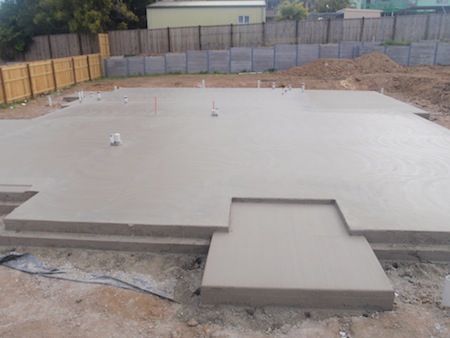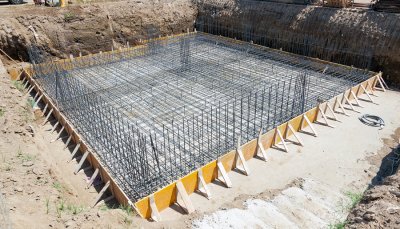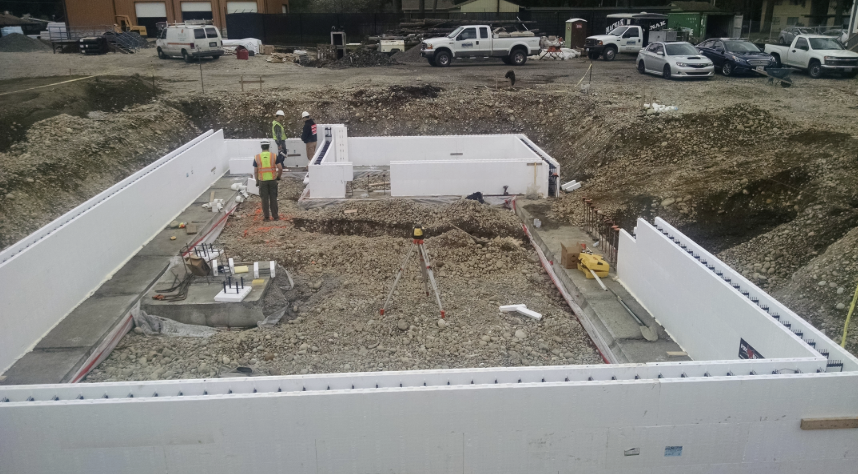How Do You Reinforce Concrete Foundations?
The foundation of a home isn’t something that many homeowners think about until there’s a problem. However, there are strong reasons to consider investing in strengthening the foundation long before that happens. Floods, wind and general soil erosion can all be key concerns for property owners over time. Luckily, solutions are available to prevent catastrophic failures in most situations.
Why Should Foundations Be Strengthened?
The foundation of a home is what the rest of it is. It’s supposed to be a long-lasting base that can withstand anything. However, changes in the soil below it (e.g. caused by floods) or the weight above it (e.g. by adding a story addition) can cause shifts in the foundation. Sometimes the foundation itself can not handle these shifts and breaks.
The good news for property owners is that most existing structures can be reinforced. There are various methods to doing so. However, it is best for a structural engineer or a residential contractor to make specific recommendations for your home. The bottom line is, if your foundation has problems, it can often be fixed.
How to build a reinforced concrete strip foundation?
The most important part of the reinforcement in the base of the strip is that between the base and the base wall in case the base wall is made of reinforced concrete. In that case, the concrete reinforcement may be that of the foundation wall. In this situation, the reinforcement of the foundation wall is similar to the reinforcement of a concrete beam, which spreads the loads evenly over the base and prevents the horizontal forces from tearing the foundation apart; and the base can be made of concrete or not, provided that a groove is prepared at its top, along its middle axis, to prevent the foundation wall from sliding over the base.
The foundation wall has to be mounted in wooden formwork. The simplest form of reinforcement is obtained by placing two steel rods (reinforcement bars, rebars, reinforcement rods) at the bottom of the formwork, detached some centimeters (about 3) from the bottom of the formwork and about 2 cm from the sides. During the placement of the concrete, the bars must be kept firm by attaching them to small concrete blocks tied together with the steel wire forming the base.
Care must be taken in such a way that the rebars are not moved when the wet concrete is put in place in the formwork. The simplest way to configure the rods is the following, but there is a risk of damage. But the most correct configuration of the rods is the following, in which there are never rods which are continuous at an angle of less than 180 ° degrees.
The most elaborate and robust solution for the reinforcement of the foundation is the construction of an entire steel reinforcement cage for the beam, with four longitudinal bars in the concrete (two at the bottom and two at the top) and smaller steel bars bent across the longitudinal bars, spaced about 30 cm apart.The concrete must always contain and cover the rebars in such a way that it protects them from rusting while remaining near the corner of the concrete section in order to resist bending.
An even more effective solution is to strengthen the foundation as a whole. In that case, the procedure referred to above may be followed in order to strengthen the basic and basic system. This is also the most expensive solution. There are two instances. In a solution, the reinforced concrete footings and the reinforced concrete foundation walls are cast separately, two times. This solution is simpler, but it takes longer to build, and it’s weaker than the latter.
In the latter solution, both the base wall and the base wall are reinforced so that the cage between them is continuous. Reinforced concrete can also be used to spread loads evenly over unreinforced strip foundations.



Are You Looking for a Concrete Foundation Specialist You Can Trust?
Spaulding Concrete has been laying concrete foundations throughout the San Francisco Bay Area for over thirty years. We have poured hundreds upon hundreds of foundations for homes, commercial and agricultural properties over the years. The more difficult a project is, the harder we work to provide real solutions and state-of-the-art solutions. We partner with each client from concept to completion, which enables us to design and implement plans that meet or exceed our client’s goals. Our concrete design team is made up of highly skilled, experienced estimators and craftsmen who work diligently to minimize problems and ensure that we remain on schedule. With all the resources available to complete your project through strong connections with leading suppliers, we are a single source for any type of concrete foundations. For all our products and services, we use the latest industry technologies so you can ensure your project will be completed on-time and under code. When it’s time to finish and place, you can count on our highly experienced crews who are skilled in all facets of the industry. Spaulding Concrete will deliver if you need experience with any type of structural concrete. To schedule your free quote, call or contact us today! We are proud to serve Orinda, Lafayette, Moraga, Pleasant Hill, Concord, Martinez, Pittsburg, Antioch, Brentwood and the surrounding areas.
